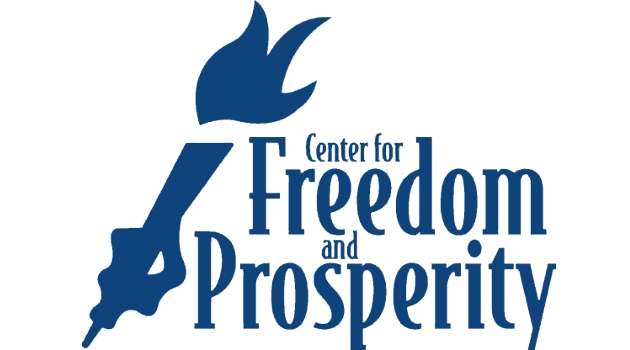Everyone, it seems, is worried about global economic stagnation.
And there is good reason to be concerned. Europe is in the doldrums. Japan is stagnant. The developing world is hampered by intervention, corruption, and absence of property rights. And the United States is stumbling through an abnormally weak recovery.
But what’s the solution to this economic malaise?
The international economic policymaking elite seems to think easy money is the right elixir. The Wall Street Journal editorial page is underwhelmed by this approach.
European Central Bank President Mario Draghi announced a plan to buy what amounts to €50 billion ($56.84 billion) a month in government bonds and other assets at least through September 2016 on top of the €10 billion the ECB already was buying through various programs. …This QE program is more a political than economic triumph. …someone has to point out—since the QE cheering section among the political and investor classes won’t—that Mr. Draghi himself warned in his press conference Thursday that quantitative easing by itself won’t revive stalling eurozone economies… Reforms that would displace entrenched interests, whether domestic businesses or unions, are hard for politicians to enact, while demanding easier money from the central bank is easy.
Unfortunately, the ECB’s easy-money policy will probably give politicians in national capitals further leeway to avoid real reforms.
Politicians should now get serious about reforms on the theory that the central bank has done what they want. Smaller, sicker European economies have no more monetary excuses for their failure to reform. Or at least we can dream. The likelier outcome is that to the extent quantitative easing drives down bond yields, it will reduce market pressure for reforms until another economic crisis or deflationary blip spurs calls for a QE expansion.
Even folks that lean more to the left don’t think dumping more money into the economy will solve underlying problems.
Here are some excerpts from a David Ignatius column in the Washington Post.
A sign of the concern among business and political leaders here about sluggish economic growth is that one of the World Economic Forum sessions this week was titled “Avoiding a Centennial Slump” — meaning a downturn that lasts a hundred years. …The European Central Bank did the equivalent of pushing the panic button Thursday, announcing a bond-buying program of 1.1 trillion euros meant to lower interest rates and encourage investment. …But rates are already rock-bottom, and although the ECB’s “quantitative easing,” as it’s known, will flood Europe with cash, there’s no guarantee that it will be used to cure the region’s structural impediments to growth. Indeed, persistent low rates are one of the attributes of a deflationary economy, rather than a cure.
I largely disagree with the policies that Ignatius then proposes, but at least we generally agree that the European economy isn’t in the dumps because of inadequate liquidity.
The problem isn’t just in Europe. Like the ECB, the Federal Reserve also has tried to goose growth with easy-money policies.
But that’s like pushing on a string. Maybe there are times that the financial system needs more liquidity, but folks shouldn’t labor under the impression that printing more money solves the structural problems caused by too much spending, too high taxes, and too onerous levels of regulation.
And it’s quite possible, of course, that easy-money policies actually undermine long-run prosperity by creating bubbles.
P.S. Don’t forget that there are very strong arguments for getting governments out of the business of money.

